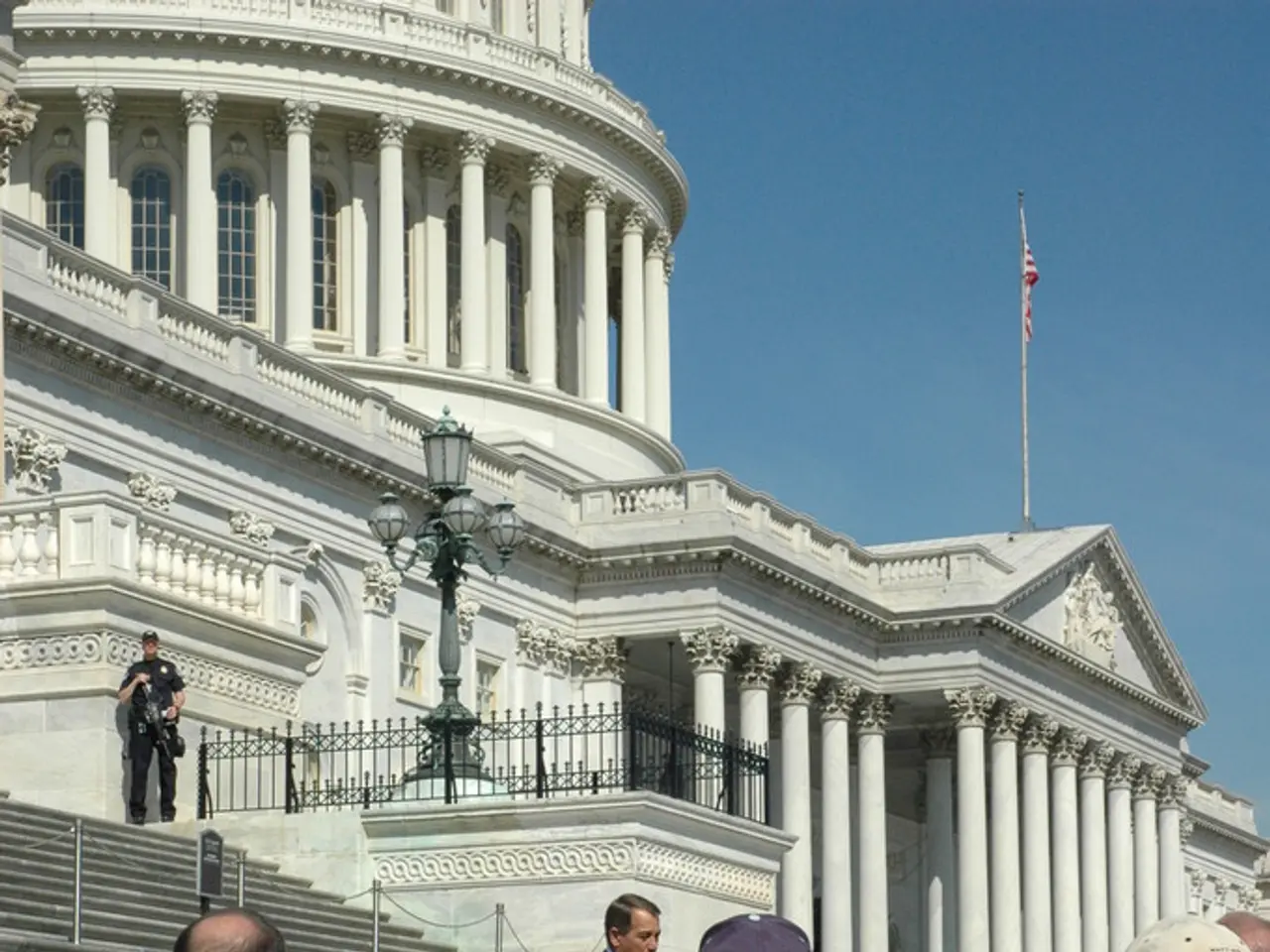TrumpShouldEstablishCyberForceAccordingToThinkTank
The proposed creation of a new US military branch, the Cyber Force, is currently under active study and planning. The FY2025 National Defense Authorization Act (NDAA) mandated the National Academies of Sciences, Engineering, and Medicine to evaluate the feasibility and necessity of such a dedicated cyber service.
Parallel to this, a new private-sector commission called the Commission on Cyber Force Generation is being organized by the Center for Strategic and International Studies (CSIS) and will launch formally on September 16, 2025. This commission aims to accelerate US military cyber readiness by focusing on the practical implementation of a Cyber Force if the decision is made.
Broad Feasibility Study vs Implementation Focus
The National Academies' study is a broad feasibility study, looking at organizational models including the possibility of a separate cyber force, but it does not necessarily conclude that a new branch is the best solution. On the other hand, the CSIS commission is tasked with addressing real-world challenges of organization, roles, legal authorities, and operational integration to prepare for an effective future cyber service.
Leadership and Stakeholder Engagement
The leadership of the CSIS commission includes Lt. Gen. (Ret.) Ed Cardon and Josh Stiefel, highlighting military and legislative expertise guiding the process. The commission plans to engage with stakeholders from government, industry, and academia to produce policy recommendations for the administration.
Other Ongoing Projects
In addition to these efforts, the Senate Armed Services Committee is working on plans for integrating reserve components into existing cyber mission forces. This work is distinct from the other projects, focusing on active/reserve force integration under the current Cyber Command structure.
Momentum is Growing
The proposed Cyber Force would be the first new military branch since the Space Force in 2019, requiring Congressional approval and a major realignment of military cyber capabilities, culture, and logistics. Current cyber capabilities mostly reside within U.S. Cyber Command and its affiliated cyber mission forces—147 teams with offensive, defensive, and support roles contributed by all military services, including active and National Guard reservists.
In summary, momentum is growing for the potential creation of a Cyber Force, with complementary efforts studying feasibility and planning implementation. The CSIS commission uniquely focuses on preparing the groundwork for practical execution, differentiating it from other studies that analyze the broader "if" and organization questions.
- The Commission on Cyber Force Generation, a new private-sector commission spearheaded by the Center for Strategic and International Studies (CSIS), is focusing on the practical implementation of a Cyber Force, should the decision be made, with a particular emphasis on addressing real-world challenges related to organization, roles, legal authorities, and operational integration.
- In contrast to the broad feasibility study being conducted by the National Academies of Sciences, Engineering, and Medicine, which does not necessarily conclude that a new branch is the best solution, the CSIS commission is engaging with stakeholders from government, industry, and academia to produce policy recommendations for the administration, with an implementation-focused approach.
- As momentum grows for the potential creation of a Cyber Force, other ongoing projects include the Senate Armed Services Committee's plans for integrating reserve components into existing cyber mission forces, which is a distinct effort focusing on active/reserve force integration under the current Cyber Command structure.




